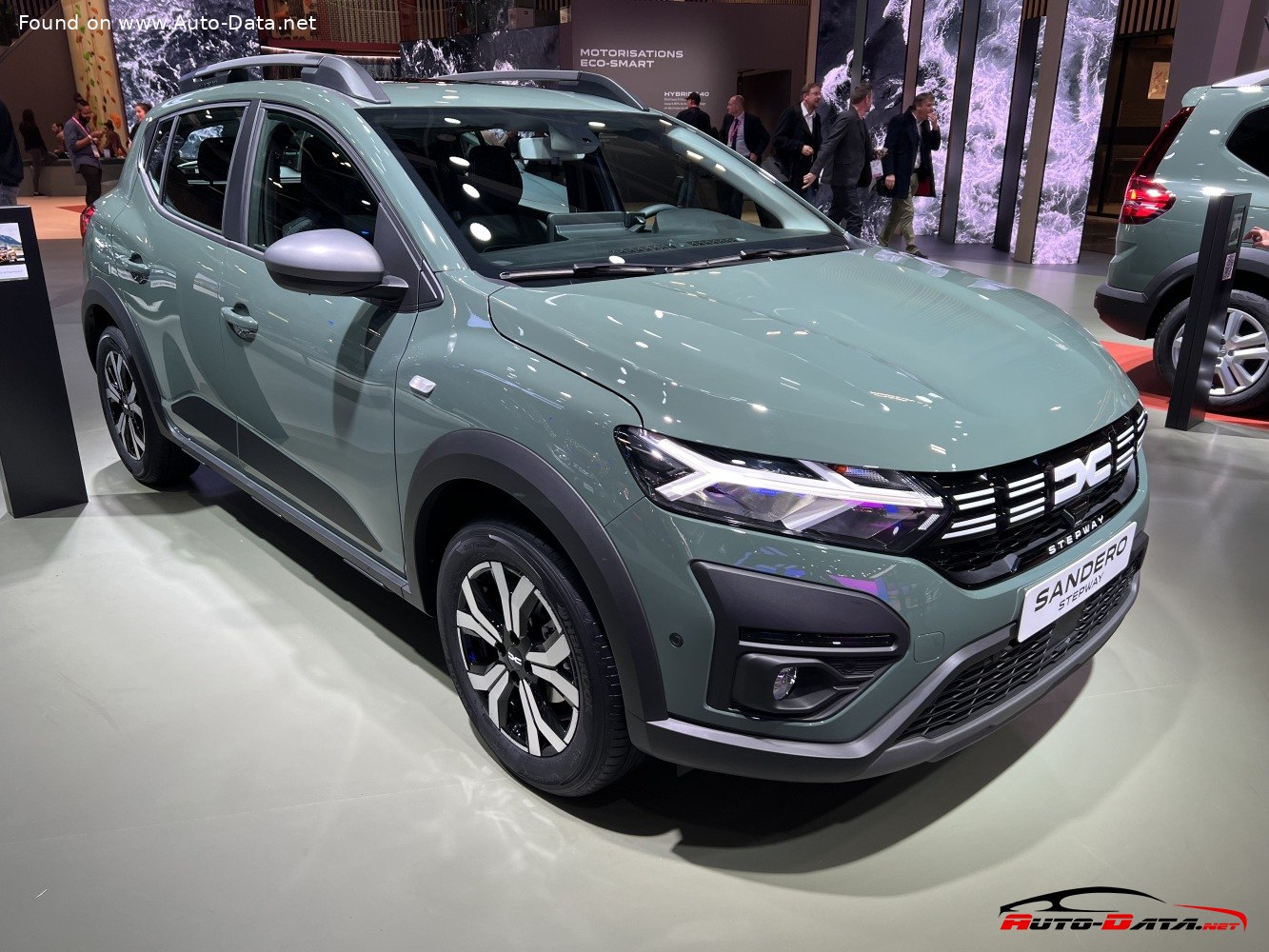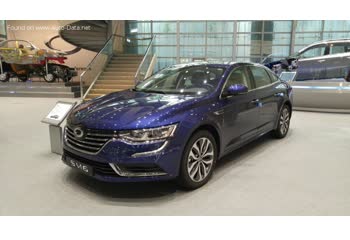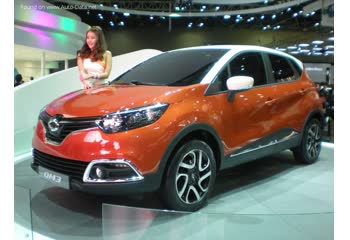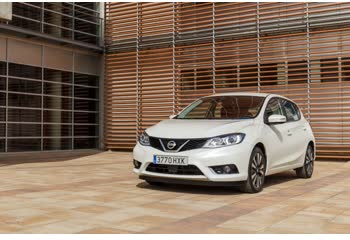Everything you need to know about specifications and performance - Dacia Sandero 2022 - 1.5 dCi (102 Hp)

Overview:
What is the engine capacity of a Dacia Sandero 2022?
The engine capacity of the Dacia Sandero 2022 is 1461 cm.
Dacia Sandero 2022 How many horsepower?
The engine power of the Dacia Sandero 2022 is Internal Combustion engine.
What is the Dacia Sandero 2022 engine?
Dacia Sandero 2022 engine is K9K. (Click to see other cars using the same engine)
How much gasoline does a Dacia Sandero 2022 consume?
The Dacia Sandero 2022 consumes 4.2 liters of gasoline per 100 km
What is the recommended oil for a Dacia Sandero 2022 engine?
The recommended oil for a Dacia Sandero 2022 car engine is 5W-30, 5W-40.
What type of camshaft transmission system is used in a Dacia Sandero 2022 engine?
belt is used to transmit motion.
General:
Engine:
Euro 4 (2 gen. 2005 – 2010)
Euro 5 (3 gen. 2008 – 2016)
Euro 6 (4 gen. since 2012)
Performance:
Space:
dimensions:
Powertrain, Suspension and Brakes:
See also

Other generation.
Its production began in 2008 until 2010

Same engine. (K9K).
Its production began in 2016 until Now

Same engine. (K9K).
Its production began in 2013 until Now

Same engine. (K9K).
Its production began in 2014 until 2018
Write a comment